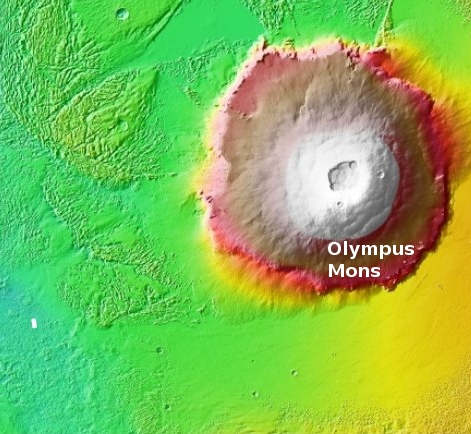Today’s blacklisted American: Private school threatened with shut down by Colorado

Still asleep, and tragically, too many refuse to wake up.
They’re coming for you next: A private Christian school in Loveland, Colorado, is planning to sue the local health department because it demanded their students wear masks or else the school would be shut down.
Parents at Resurrection Christian School in Loveland, Colorado, were told on Sept. 15 that all persons entering school buildings the next day must wear a mask, by order of the Larimer County Health Department, or their school would be closed. The order allowed for medical exemptions but made no distinction in regards to vaccination status or acquired immunity.
The same evening, school Superintendent Jerry Eshleman vowed in a video message to parents and staff to fight the health department’s edict in court. He urged parents to comply with the public health order for the time being, so that the students wouldn’t have their school year disrupted by a forced school closure while the case was being fought.
Based on the article, it appears that many parents are trying to get medical exemptions for their children, with some succeeding.
Regardless, forcing kids to put on masks is the height of stupidity. » Read more

Still asleep, and tragically, too many refuse to wake up.
They’re coming for you next: A private Christian school in Loveland, Colorado, is planning to sue the local health department because it demanded their students wear masks or else the school would be shut down.
Parents at Resurrection Christian School in Loveland, Colorado, were told on Sept. 15 that all persons entering school buildings the next day must wear a mask, by order of the Larimer County Health Department, or their school would be closed. The order allowed for medical exemptions but made no distinction in regards to vaccination status or acquired immunity.
The same evening, school Superintendent Jerry Eshleman vowed in a video message to parents and staff to fight the health department’s edict in court. He urged parents to comply with the public health order for the time being, so that the students wouldn’t have their school year disrupted by a forced school closure while the case was being fought.
Based on the article, it appears that many parents are trying to get medical exemptions for their children, with some succeeding.
Regardless, forcing kids to put on masks is the height of stupidity. » Read more











